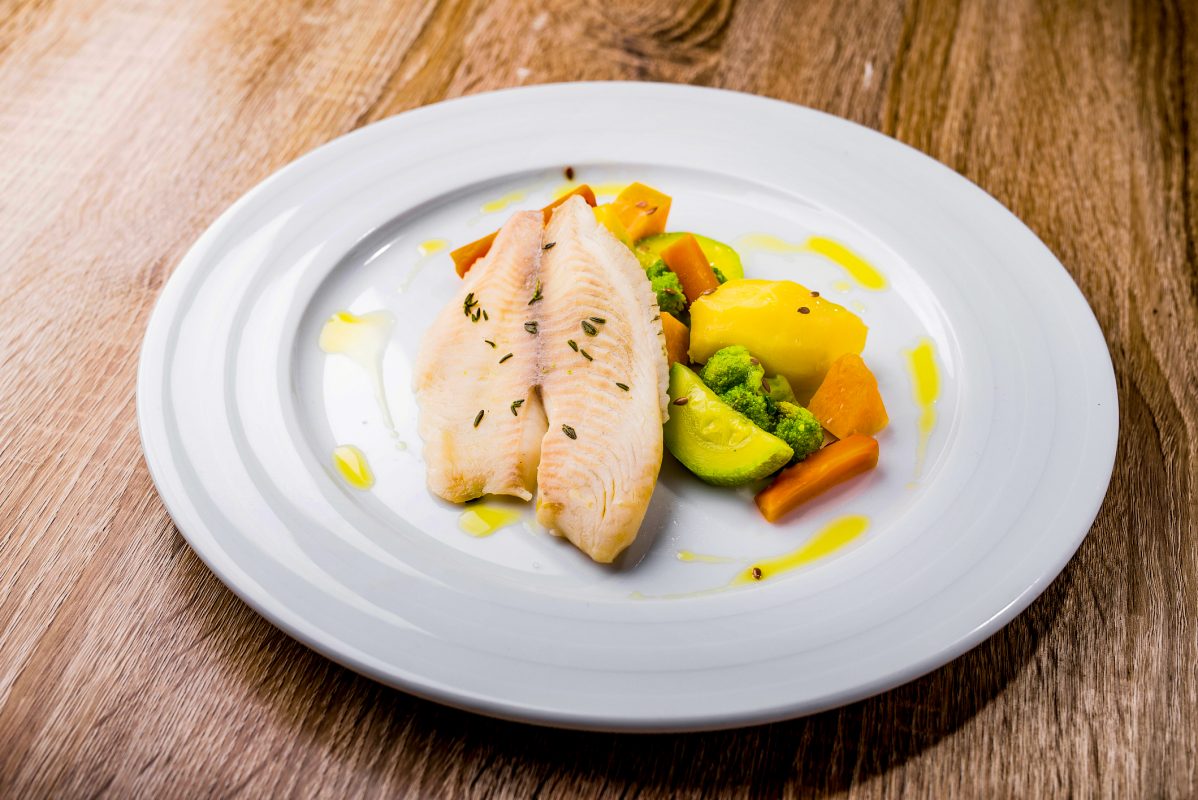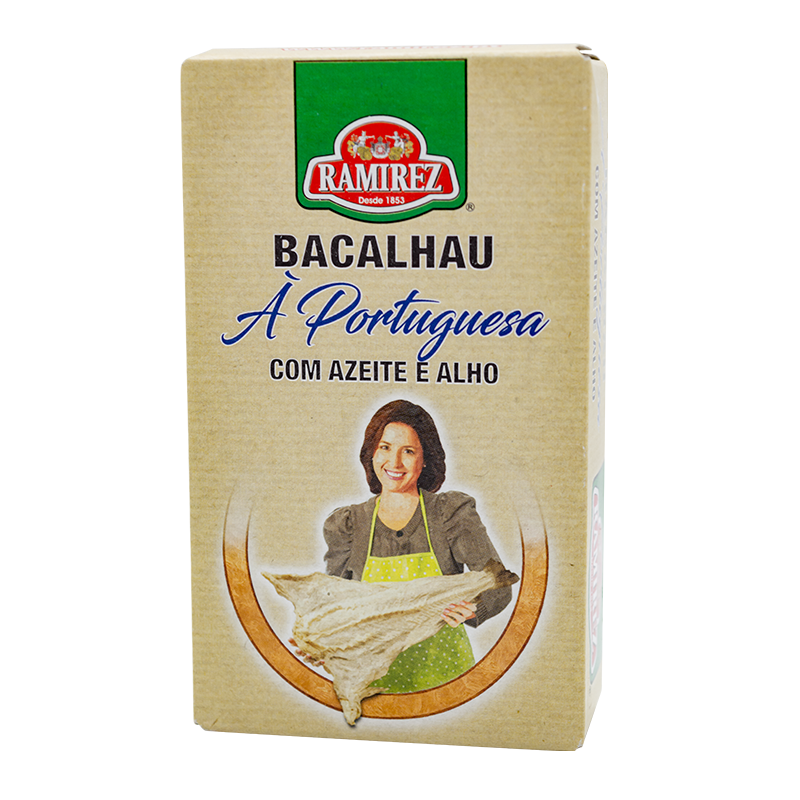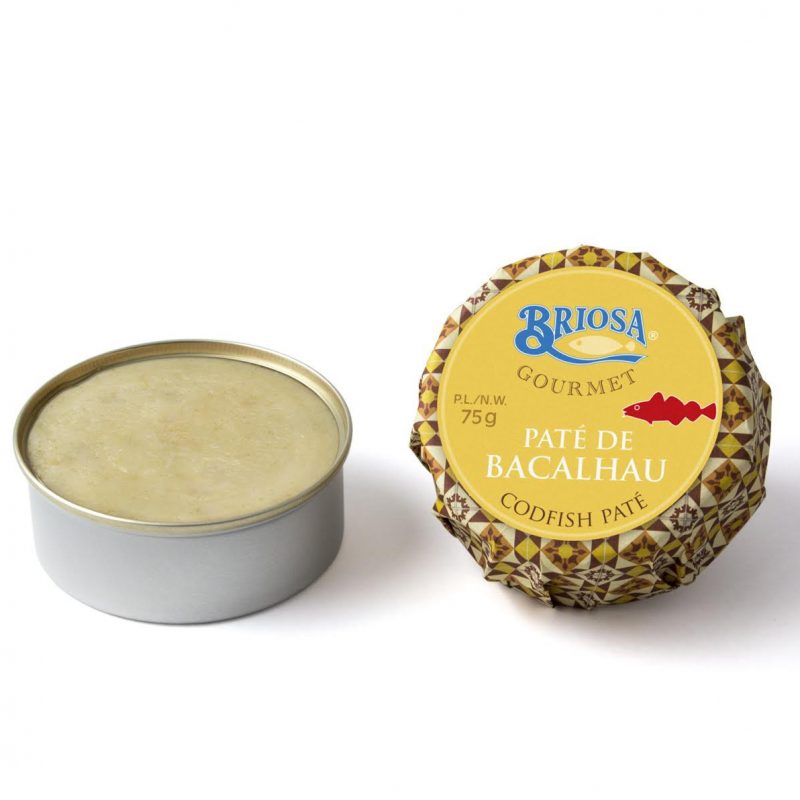Cods usually grow to 100-120 cm long. They have an overwhelmingly greenish-brownish body, that’s white on the ventral side. Their meat is dense, and becomes mild in taste when cooked. Their weight varies between 24 and 34 kg. The two most common kinds of cod are the Atlantic cod, which mostly dwells in the deeper and colder regions of the Atlantic Ocean, and the Pacific cod, which inhabits the western parts of the Pacific Ocean. Cod contains large amounts of vitamin B6 and B12, phosphorus, selenium, potassium, different proteins and Omega-3 fatty acids.
Cod had already been eaten by the vikings, and it’s been important for both nourishment purposes and the economy since the 9. century. The dried cod trade in the southern parts of Europe was blooming for a 1000 years. In the 15. century Portugal joined in on the cod fishing, as well.
The most common types of cods
- Atlantic: It inhabits the northern part of the Atlantic
- Pacific: This type of cod is oftentimes referred to as the grey cod. It mainly feeds on crabs, smaller fish and invertebrates. As shown by its name, it resides in the Pacific Ocean.
- Greenland: Living on the Arctic, and the North-Western parts of the Atlantic, this fish is sometimes also referred to as the (Gadus) ogac.
- Speckled: this type prefers to be around the smooth and soft seafloor, and lives around the deeper parts in general. They inhabit the Atlantic Ocean, and migrate quite a lot.
So what makes the cod healthy?
Cods are rich in both vitamins and minerals. They have a large amount of vitamins B3, B6, B12 and vitamin D. They are also rich in proteins (80 grams of cod contains 17.36 grams of protein), and Omega-3 fatty acids. Regular consumption can lower the risk of heart attacks, and other heart-related diseases. Omega-3 fatty acids and selenium also have anti-inflammatory effects, and because of this can be ideal for people with articular problems and migraine.
It’s helpful against myalgia and boosts the immune system
Sufficient protein consumption is paramount in keeping the muscles healthy, and for strengthening the immune system. The immune system is the body’s ’self-defense mechanism’, which helps the body prevent and overcome diseases and infections.
It contributes to the vitality of hair and skin
The cod’s high protein content helps maintain the health of hair, and prevents it becoming vulnerable to damage. It plays an important part in hair growth, and also skincare, helping its continuous revitalization.
Healthy, strong bones
Phosphorus plays a crucial part in both the growth of, and the fortification of teeth and bones. Phosphorus – besides calcium – is needed for the body and teeth to be strong, and the gum and dental enamel to be healthy. Consuming phosphorus can also lower the risk of developing cardiovascular diseases.
It helps digestion
Both the niacin and the riboflavin found in cods play an important part in the proper functioning of our metabolisms. They help prevent and cease various digestion-related problems, for example constipation. They contribute to the body’s detoxification process.
It promotes cell formation
Phosphorus helps continuous cell formation, and urges the growth and metabolism of new cells. It also contributes to proper hormone functioning.

Cod is a highly nutritious and healthy type of fish, still, it’s advisable to consume it with caution and with some restraint: its large size and relatively long lifespan can result in higher mercury levels. Having some cod pâté from time to time can’t hurt, though.






